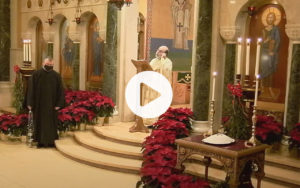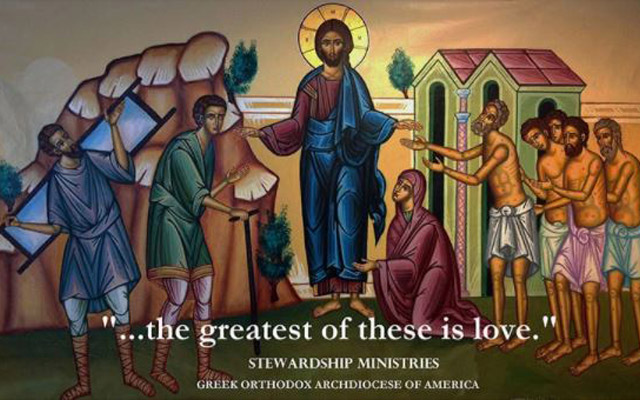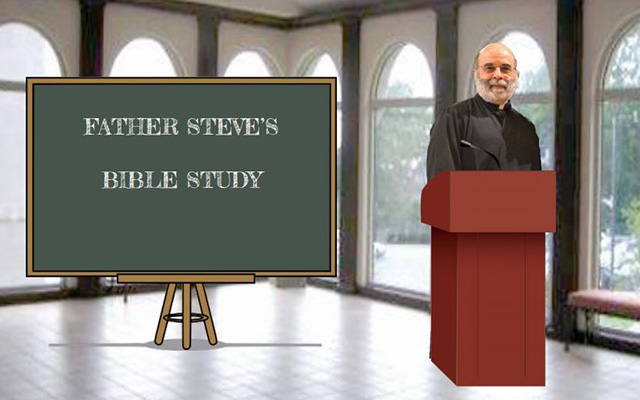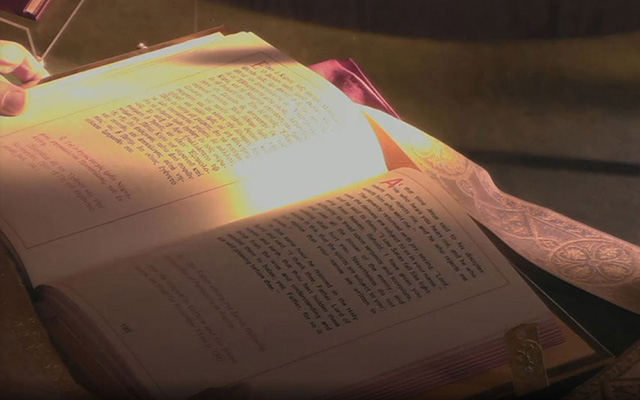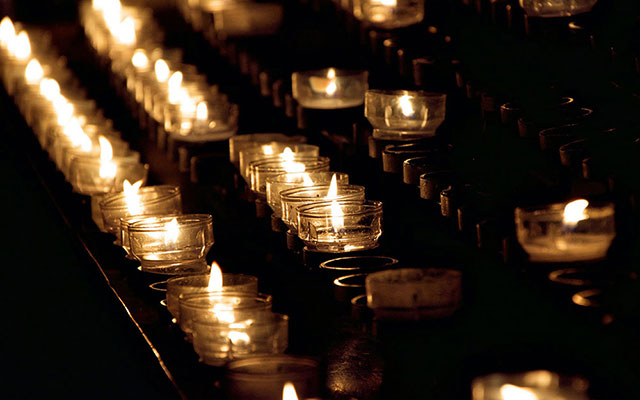Are You On the Fringe… Or Not?
SSCORRE! Saint Sophia Cathedral Online Resources for our Religious Edification Topic of the Week: Are You On the Fringe… Or Not? “…We must remember this, brothers and sisters—the martyrs are always at the fringe…. They are the definition of a fringe group. This is where every Orthodox Christian should expect to be. It is really our natural place…. Whether it is the throwing to the lions of martyrs in Rome, or a bribe to deny Christ in


